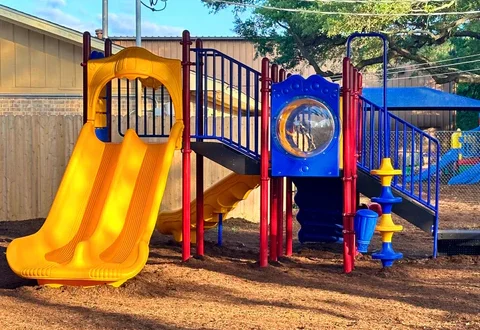Introduction
Early childhood is a time of discovery, growth, and emotional development. Caregivers, whether they are parents, teachers, or grandparents, play a vital role in shaping a child’s world during this period. These relationships are the basis for children to learn how to communicate, trust, and become emotionally healthy adults.
Who are caregivers?
Anyone who consistently provides care and attention to an infant or child is a caregiver. This includes:
- Parents and guardians
- Teachers and daycare workers
- Families (grandparents and siblings)
- Babysitters, nannies and other childcare professionals
Each caregiver can influence a child’s physical, mental, and emotional growth through their words, actions, and presence.
Emotional needs of young children
Not only do children need toys and food, but they also need love and emotional security. It means:
- Feeling safe and protected
- When you are afraid or upset, knowing that someone will comfort you is comforting.
- Learn to respect and value their emotions.
When caregivers consistently and warmly respond to a child’s needs, they help the child build trust, confidence, and self-esteem.
The Power of Positive Interaction
In child care, every interaction counts. Play, eye contact, gentle words, and hugs are all powerful tools for connecting. When a caregiver comforts or laughs with a child, it shows them that they are understood and valued.
Positive relationships between caregivers and children help to improve their health.
- Learn language and communication skills
- Manage your emotions
- Healthy relationships with others
- Explore and take risks with confidence
Play: The Child’s Language
Children learn through play. Play helps children develop their creativity, problem-solving, and social skills. Playing with children, rather than simply supervising them, can help foster emotional bonds and deeper learning.
Playing games that encourage emotional development
- Play pretend to help children understand emotions
- Physical Play
- Creative play (drawing, storytelling, music)
How to Create a Safe and Loving Environment
A good caregiver does more than supervise; they create an environment where children can feel safe emotionally and physically. This includes:
- Routines and rules that are consistent
- When a child is upset, comfort them.
- Encouragement rather than punishment
- Respect the feelings and individuality of children
Helping Children Build Independence
Children need to learn to be independent as they grow. Parents should guide and not control them. Assisting a child in learning how to dress themselves, clean their toys, or express themselves develops independence and responsibility.
Supporting independence can be done by caregivers:
- Give choices (Do you want an apple or a banana?
- Let the child try first before you step in.
- Not just success but also effort is worthy of praise.
Challenges caregivers face
It’s rewarding to be a caregiver, but it’s not always easy. Some of the challenges that caregivers face include:
- Manage tantrums and difficult behaviour
- Balancing the emotional needs of multiple children
- Stress and burnout: How to deal with them
- Supporting children with different backgrounds or special needs
Caregivers must also take care of their mental and emotional well-being.
Supporting Caregivers
Families, communities, and government must support caregivers by:
- Access to education and training
- Childcare services at affordable prices
- Emotional support networks
- Professional caregivers deserve fair pay and recognition
Children benefit more when caregivers are supported.
Conclusion
Caregivers are much more than caregivers. They are teachers, role models, and emotional anchors. Their love, patience, and presence help shape the next generation. By investing in high-quality child care, we can build a more compassionate and healthy society.





